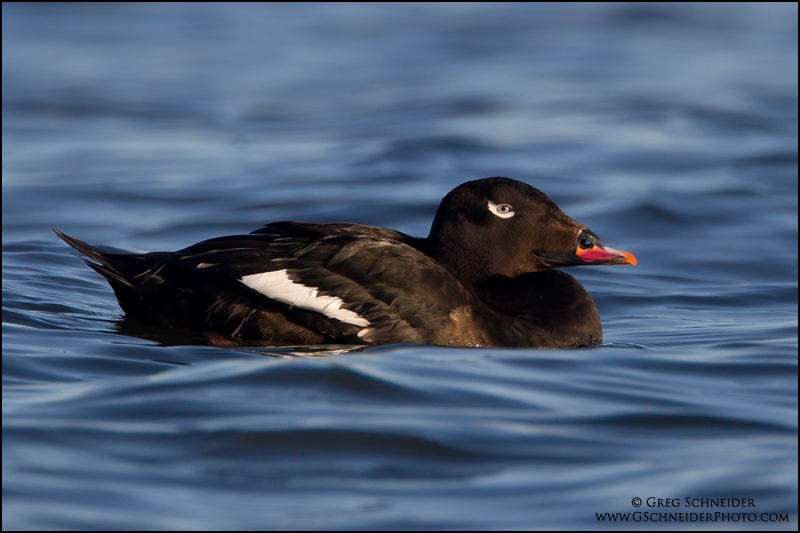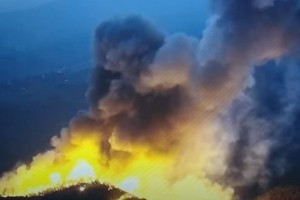White-winged scoter: Red Data Book of Armenia

Ducks, geese and swans — Anatidae
Status. A rare and threatened species, somewhere a casual migrant. Listed in the Red Data Book of the former USSR. Listed in the IUCN Red List of Threatened Species (ver. 3.1) as Least Concern. According to IUCN criteria categorized as Data Deficient DD.
Distribution. Distributed in the Scandinavian Peninsula, Northwestern Asia, South Caucasus, Asia Minor, Russia, Ukraine.
Distribution in Armenia. Occurs only in the Lake Sevan basin, during the spring and autumn migrations.
Habitats. During the nesting season it lives in water bodies surrounded by downhills. After nesting and wintering it rests afloat over the deeper parts of the water bodies. Feeds on shallows.
Biological traits. The nest is built in riparian grassy sites, on the ground beneath the shrubs, underneath the stones or in rock crevices. Eggs are creamy, 6–10/clutch, size 64–70 mm. The brooding period is 28–30 days. Like shelducks, it has a habit of taking away the other parents’ broods and gathering them around. Hatchlings grow up quite slowly and start flying not before mid–September. Sexual maturity is reached at the age of 2 years.
Population size and its trends. Prior to the subsidence of the Lake Sevan, it was a common non–migratory local species. Currently, it does not nestle here. Migratory flocks number no more than 3–5 individuals.
Major threats. Nesting grounds in the Lake Sevan have disappeared because of its shrinkage. Winter freezing of lake water and almost day–round fishing pose serious threats.
Conservation measures. Protected in Sevan National Park. The rise of water level in the Lake Sevan would likely lead to the recovery of nesting grounds. It is essential to estimate population size throughout a year, identify suitable nesting sites and to ensure their proper conservation.
Suggestions
 The Ministry of Environment sent a letter international partners to draw their attention to the real danger of environmental disasters as a result of Azerbaijan's large-scale aggression towards the territory of Armenia
The Ministry of Environment sent a letter international partners to draw their attention to the real danger of environmental disasters as a result of Azerbaijan's large-scale aggression towards the territory of Armenia
 The Minister of Environment addressed a letter to international organizations and partners
The Minister of Environment addressed a letter to international organizations and partners
 ECOCIDE ALERT IN THE SOUTHERN CAUCASUS! White phosphorous munitions are dangerous chemical weapon
ECOCIDE ALERT IN THE SOUTHERN CAUCASUS! White phosphorous munitions are dangerous chemical weapon
 Vicia pisiformis: Red Data Book of Armenia
Vicia pisiformis: Red Data Book of Armenia
 Vavilovia formosa: Red Data Book of Armenia
Vavilovia formosa: Red Data Book of Armenia












